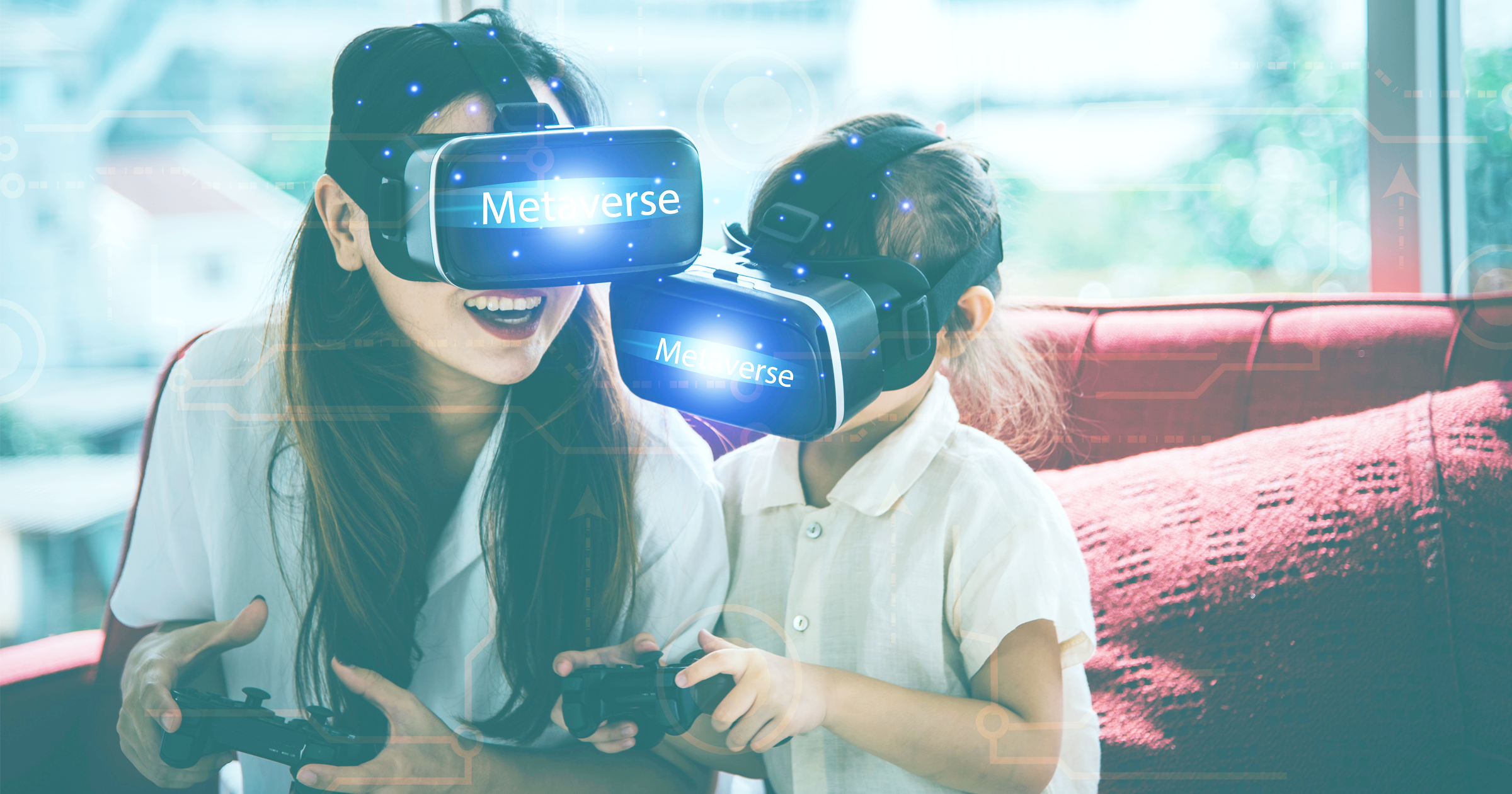Are Smart glasses Back?
Smartglasses Make Enterprise Their New Home
FUTURE PROOF – BLOG BY FUTURES PLATFORM
The adoption of smart glasses has been, to say the least, disappointing. But smartglasses-makers haven't given up, as this year's CES conference showed. Could persistence win the battle this time around?
ARE SMART GLASSES BACK?
The truth is, smart glasses were never really gone (unlike the hype around them). When Google Glass came out in 2013, it looked futuristic enough. But despite the romantic appeal of the device, it never picked up, and it was eventually discontinued in 2015.
But we got other smart glasses. Another that made the headlines – this time for its appeal to a younger and social generation – was Spectacles. Made by Snap, Inc., the parent company of Snapchat, they were supposed to have gotten it right.
But Spectacles, too, failed to gain traction. With thousands of devices in inventory waiting to be sold, the company has lost around US$ 40 million on them.
It has seemed, then, that consumers don’t care much for smart glasses. Maybe they look great in a movie about a utopian future, but don’t really work in the real world.
Or maybe it was just poor market timing.
Tech companies, especially the likes of Google and Snap, are known, and indeed expected, to experiment around new products. When they fail, it could mean that there is no demand for the products. But it could also just be the first step to making something users actually want.
And indeed, it seems to have paid off. Smartglasses seem to be back, and maybe this time to stay.
THE MARKET FOR SMART GLASSES
According to Bloomberg, based on a research report published by Verified Market Research, the market for smart glass is expected to grow significantly due to a combination of technological advancements, regulatory mandates, and evolving architectural trends.
At the moment, the majority of smartglasses users are not private individuals. They are, instead, companies. According to the report, enterprise applications account for 97% of the entire market. This is not surprising. High prices and not-so-sleek designs are small sacrifices that must be done in the name of productivity. But they don’t make so much sense for you and me.
But the recent CES conference earlier this year gave a glimpse of what the future of smart glasses could look like.
NEW PLAYERS COMING INTO THE MARKET
At the conference, people could try the new Vuzix Blade glasses (the company Vuzix has been making smart glasses for a while). The glasses by themselves deserve due attention. But it’s not the only thing that does.
Vuzix and Amazon have stricken a partnership, and the smartglasses now work with Alexa. This means people are able to communicate with Amazon’s smart assistants whenever using them. Amazon hasn’t released its own smart glasses yet. But this foray into the emergent market could mean it is about to. And it also shows more and more big companies are putting money behind it.
We mentioned that the Google Glass didn’t pick up among individual consumers. But it is now officially back – this time as the Glass Enterprise Edition. It’s made for people who have hands-on work and need hands-off devices. According to Google Glass project lead Jay Kothari, it has already shown to increase General Electric mechanic’s efficiency by between 8 and 12%.
And what about Apple Glasses? According to Bloomberg, Apple is creating its own augmented reality (AR) smartglasses that could compete with the new, enterprise-oriented Google Glass. According to the article, however, we might not see it too soon. Apple seems to be waiting for the technology out there to catch up with the big ideas they have. As CEO Cook said, at the moment, Apple wouldn’t be satisfied to develop anything you’ll see on the market anytime soon. But Apple is definitely working on it, as these patents demonstrate.
SMART GLASSES GOING FORWARD
So are smart glasses finally here to stay?
It’s too early to say. They don’t seem like the sexiest of gadgets for most people. But enterprises are using them and, as they improve, it’s a short step sideways into the consumer market.
One issue may be the privacy concerns surrounding them. If you see someone with a camera pointing at you, you’ll probably turn around. And most people are like that. As long as this is the case, it’s possible that society will alienate anyone wearing them.
Some companies are working around this by offering smart glasses without cameras. One example is Vue, who is expected to begin shipping in March this year.
Then, of course, not everyone needs glasses. Would those with no need for regular glasses suddenly purchase smart glasses? And what about people who wear lenses exactly because they do not want to wear glasses? These may seem like basic arguments against, but food for thought nonetheless.
With time, however, we may see enough of a shift. As technology improves and people’s expectations change, this growing market may turn into a red ocean, full of sharks competing for a piece of it.
Futures Platform is a collaborative foresight toolbox where you can find a library of 900+ trend analyses by futurists. Collaborate with your colleagues, visualise and document your foresight process all in one place.




Miikka Rosendahl, CEO of the XR studio ZOAN, and Futures Platform’s Foresight Analysis Manager Max Stucki discuss how the next evolution of the internet will transform industries.